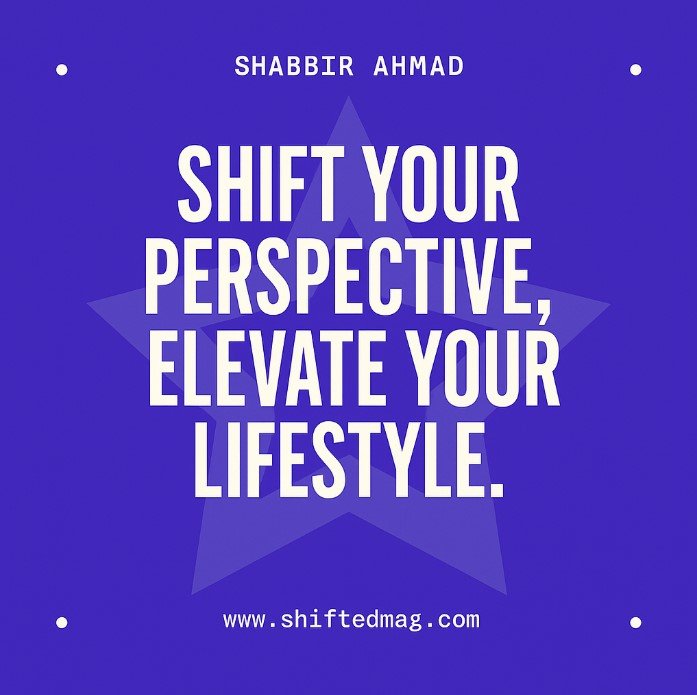Finance
How Medical Insurance Has Transformed Healthcare Access in India

Health concerns can come unannounced. For many Indian families, the cost of treatment often adds to the stress. But over the past few years, medical insurance has emerged as a quiet revolution – reshaping how people approach hospitals, check-ups, and emergencies.
Today, a growing number of households, from metropolitan areas to smaller towns, are opting for the best health insurance not just as a financial backup, but also as a practical health planning tool. Let’s explore how it has reshaped the healthcare landscape in India.
Why Health Insurance Feels Less Optional Now
There was a time when people would avoid going to the hospital due to the cost. A fever was manageable at home, and surgeries were often delayed until absolutely needed. Now, with rising awareness and easier access to health insurance plans, more Indians are walking into clinics earlier and seeking better care.
The transformation didn’t happen overnight. A mix of rising healthcare costs, digital insurance platforms, and wider policy choices encouraged people to explore their options.
Here’s what’s driving the change:
- Increased hospital expenses across cities
- Digital apps are making policy comparisons simpler
- Awareness campaigns about the role of insurance
- Plans now covering more day-to-day needs, not just big emergencies
Real Impact On Daily Healthcare Decisions
Let’s say someone has a recurring issue – maybe acidity or blood pressure. Without the parents health insurance, they may hesitate to go for regular check-ups. But if the plan includes diagnostics, they’re more likely to visit a doctor early, detect changes, and manage their condition better.
That shift, from reacting to problems to preventing them, is the real transformation.
With a well-structured mediclaim policy, individuals now:
- Choose specialists rather than settle for general consultations
- Go for regular tests that were earlier seen as “luxuries”
- Feel safer using private hospitals over waiting at public ones
What Has Changed For Middle-Income Families
Earlier, families would either depend on savings or borrow money if someone fell ill. Treatment decisions were guided more by affordability than need.
Now, the situation looks different:
| Scenario | Without Insurance | With Insurance |
| Surgery in a private hospital | May be postponed due to cost | More likely to go ahead with treatment |
| Access to modern diagnostics | Often skipped | Included in many health insurance plans |
| Pregnancy or maternity care | Entirely self-funded | Covered under many family plans |
| Mental health consultations | Rarely considered | Slowly becoming part of wellness coverage |
These practical benefits are making health insurance more than a backup. It’s becoming a habit – part of how people now think about staying healthy.
Urban vs Rural: Is The Gap Closing?
Urban areas have led the way in insurance adoption. But change is also visible in Tier-2 and Tier-3 towns. As government initiatives and local outreach grow, so does awareness.
In villages, community health workers are educating families on how to use their insurance cards. Hospitals are adding signage for cashless claims. Even ASHA workers are helping residents file pre-authorisations.
Here’s how medical insurance is improving rural access:
- Low-cost group covers for farmers and daily wage workers
- Schemes promoted by local bodies and state health departments
- Tie-ups with regional hospitals for faster processing
- Reduced out-of-pocket expenses for childbirth and minor surgeries
The road is long, but the shift is happening.
Preventive Healthcare Is Finally Getting Attention
A big part of staying healthy is catching issues before they turn serious. With certain health insurance plans, policyholders now get annual health check-ups, fitness rewards, and even discounts for staying active.
Many plans offer:
- Blood tests or health screenings once or twice a year
- Teleconsultations with general physicians
- Mental health counselling over phone
- Vaccination support, especially for children and seniors
By including these in their coverage, insurance companies are helping change the mindset from “insurance is for emergencies” to “insurance is for staying healthy.”
Clearing Common Misunderstandings
Even now, many confuse a mediclaim policy with broader health insurance. Here’s a quick breakdown to clarify:
| Feature | Mediclaim Policy | Health Insurance Plan |
| Focus | Hospitalisation only | Broader health needs, including OPD or daycare |
| Claims | Only on hospital admission | Covers pre/post-hospitalisation too |
| Add-ons | Limited | Available (maternity, dental, wellness, etc.) |
| Sum Insured | Fixed | Can be flexible with top-up options |
This clarity helps people choose wisely and understand what exactly they’re paying for.
Role Of Digital Platforms And Policy Choices
Thanks to technology, buying health insurance today is as simple as ordering groceries. You can compare features, read reviews, filter by hospital network, and even speak to advisors – all from your phone.
Popular policy choices today include:
- Family floaters for shared coverage
- Individual policies for young adults
- Senior-specific plans with reduced waiting periods
- Maternity-inclusive policies for young couples
Digital ease is especially important for younger buyers, who are used to doing everything online and expect the same from insurance.
Why Choosing The Best Health Insurance Makes A Difference
All policies aren’t the same. That’s why people are spending more time reading the fine print, asking the right questions, and choosing plans that suit their real-life needs.
Here’s what to watch out for:
- Hospital network size: Are your local hospitals included?
- Waiting periods: How long must you wait before certain diseases are covered?
- Co-payment clauses: Do you have to pay a part of the bill?
- Renewal age limits: Can you continue coverage post-retirement?
The best health insurance in India is not always the one with the highest premium. It’s the one that balances price with practical coverage.
Looking Ahead: The Future Of Health Insurance In India
We’re moving towards a future where insurance will not just pay hospital bills – it will nudge people to live better. Smart devices may sync with insurance apps. Fitness scores could decide your premium. And health records might soon be stored in a single digital health ID.
What matters is that insurance will become more personal and less transactional.
As this ecosystem grows, health insurance will no longer be a topic people avoid – it will be something people discuss at dinner tables, like school admissions or home loans.
Final Takeaway
Medical insurance has quietly rewritten how Indians think about hospitals, health, and healing. It’s not just about emergencies anymore. It’s about peace of mind, choice, and the freedom to live without the fear of hospital bills.
In every household that has made this shift, the results are clear. People go for check-ups. They ask questions. They recover better. Because now, they’re covered.
-

 Social Media2 months ago
Social Media2 months agoWhat the “67” TikTok Meme Really Means
-

 Tech2 months ago
Tech2 months agoWhat To Do When Your Business Faces Network Vulnerabilities
-

 Self Improvement2 months ago
Self Improvement2 months agoUsing BCBS Rehab to Access Quality Addiction Care
-

 Games2 months ago
Games2 months agoPusoy Strategies for Play That Also Work in Pusoy Dos in English






